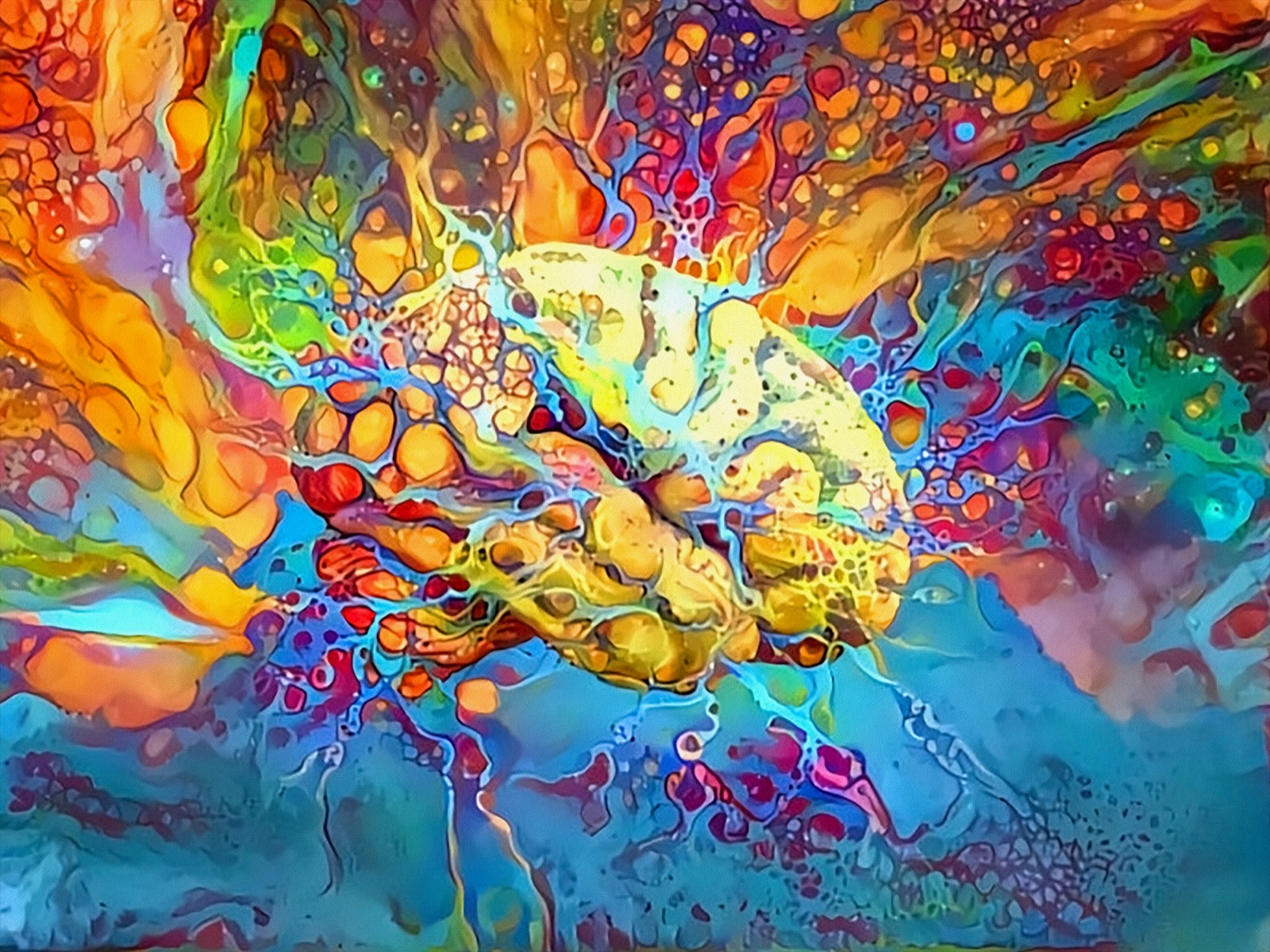Assessing the Cultural Influence of Trump Art on Modern Artistic Motions
Assessing the Cultural Influence of Trump Art on Modern Artistic Motions
Blog Article
Diving Into the Diverse World of Artistic Expression: From Surrealism to Abstract Realism
In the realm of imaginative expression, from the dreamlike landscapes of surrealism to the complex play of light and type in abstract realistic look, artists have continually pressed the borders of creative thinking and creative imagination. As we discover the multifaceted globe of art, we are provided with a tapestry of designs, methods, and viewpoints that test our understanding and provoke consideration.
Surrealism: Unleashing the Subconscious
Surrealism, an avant-garde imaginative activity of the 20th century, looked into the depths of the subconscious, introducing a globe of dream-like imagery and unusual associations. Led by artists like Salvador Dali, René Magritte, and Joan Miró, Surrealism sought to challenge the traditional ways of recognizing and seeing art. Through techniques such as automatism and dream analysis, Surrealist musicians aimed to take advantage of the subconscious mind to reveal concealed realities and wishes.
One of the crucial elements of Surrealism was the emphasis on the unreasonable and the astonishing. By integrating unforeseen aspects in their works, Surrealist artists aimed to develop a feeling of disorientation and shock in the customer. This disturbance of reasoning and factor was indicated to prompt a much deeper expedition of the subconscious and the mysteries of the human psyche.
Abstract Realism: Redefining Perception
Challenging traditional artistic boundaries, Abstract Realism redefines assumption through the combination of identifiable elements with abstract forms. This ingenious strategy to art combines the representational accuracy of realism with the innovative liberty of abstraction, offering audiences a special visual experience that triggers them to question their assumption of truth.
In Abstract Realism, musicians strive to record the essence of their subjects while likewise infusing their collaborate with a sense of deepness and complexity through abstract components. By blending the aware of the unknown, these artists welcome audiences to engage with their items on several levels, encouraging them to discover the nuances of structure, kind, and shade.

Cubism: Fragmenting Fact
Making use of geometric forms and fragmented point of views, Cubism revolutionized the imaginative depiction of fact in the early 20th century. Developed by Pablo Picasso and Georges Braque, Cubism looked for to test traditional ideas of point of view and representation. By damaging down things and figures right into geometric forms and providing them from numerous perspectives all at once, Cubist artists aimed to catch the significance of the subject as opposed to its literal appearance. This technique not just deconstructed fact but likewise highlighted the monotony of the canvas, leading the way for future abstract art motions.

Cubism can be classified right into two primary stages: Analytical Cubism, identified by single color design and complex, fragmented kinds; and Artificial Cubism, which incorporated collage aspects and brighter colors into the compositions. Through these unique phases, Cubism affected not only paint however likewise architecture, design, and sculpture. trump art. Its influence resounded throughout the art globe, motivating musicians to check out new methods of standing for the world and interpreting around them
Expressionism: Feelings on Canvas
Checking out the depths of human emotions through vivid and meaningful brushstrokes, Expressionism became an extensive artistic activity in the early 20th century. Unlike previous art movements that concentrated on portraying the external globe, Expressionism explored the inner world of the artist's subconscious, aiming to Home Page stimulate raw feelings and provoke natural feedbacks from customers.
Expressionist artists, such as Edvard Munch, Egon Schiele, and Emil Nolde, rejected typical notions of elegance and realism in favor of misshaping kind and color to share subjective feelings. The usage of exaggerated brushwork, bold shades, and distorted numbers helped develop a sense of worry, alienation, or passion in their jobs.
One of the most popular instances of Expressionism is Munch's "The Scream," which catches the intense anxiousness and despair of modern-day life through its swirling, distorted number versus a blood-red sky. With their psychologically charged jobs, Expressionist musicians sought to test standard artistic standards and provide a home window right into the turbulent depths of the human soul.
Contemporary Art: Advancing Viewpoints

One of the defining features of contemporary art is its continuous development and capacity to adjust to changing cultural landscapes. Artists are progressively including modern technology into their practice, blurring the lines in between the physical and electronic worlds. This fusion of mediums enables ingenious methods of storytelling and engaging with audiences in a more interactive manner.
Furthermore, contemporary art commonly works as a system for social discourse, resolving pushing concerns such as identification, national politics, and the environment. Musicians are utilizing their job to prompt and stimulate essential conversations thought, clarifying the intricacies of the world we reside in. As point of views continue to evolve, contemporary art remains a vibrant and significant force in shaping our social landscape.
Verdict
To conclude, the globe of creative expression includes a large range of motions and styles, each with its own unique approach to sharing definition and emotion. From surrealism's exploration of the subconscious to abstract realistic look's redefining of understanding, and from cubism's fragmentation of reality click this link to expressionism's representation of feelings, art continues to evolve and challenge viewpoints - trump art. Contemporary art shows the ever-changing world we stay in, using new means to translate and understand the intricacies of our reality
As we discover the diverse world of art, we are presented with a tapestry of designs, techniques, and philosophies Our site that test our understanding and provoke reflection. Its impact resounded across the art globe, inspiring musicians to explore brand-new methods of analyzing and representing the globe around them.

Report this page